Vassily Kandinsky Der Blaue Reiter was a German expressionist group originating in Munich in
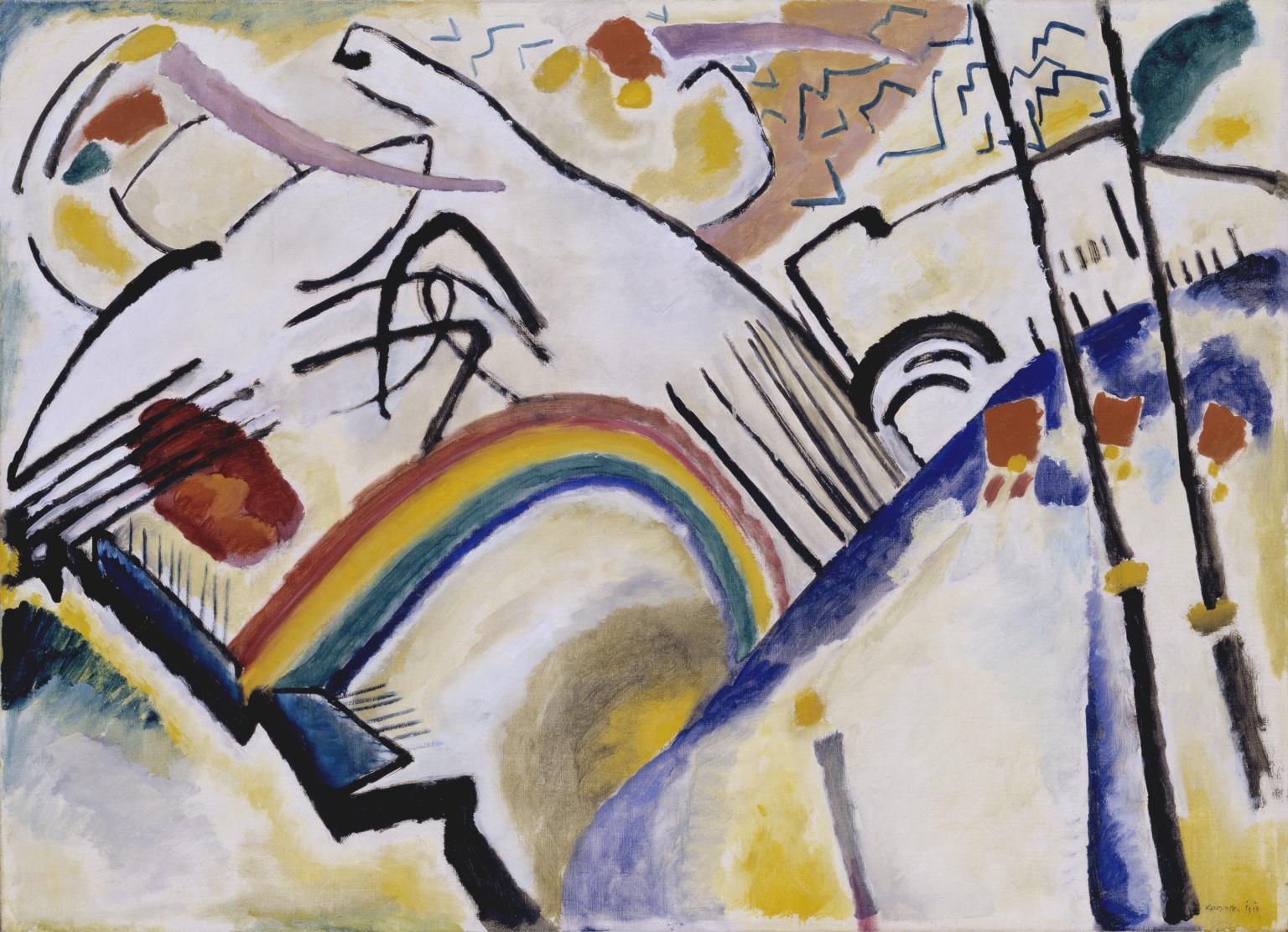
Der Blaue Reiter translates in English as The Blue Rider. A number of avant-garde artists living in Munich had founded the Neue Kunstler Vereiningung, or New Artist Association (N.K.V.). The most important of these were the Russian born Wassily Kandinsky and the German, Franz Marc. In 1911 Kandinsky and Marc broke with the rest of the N.K.V. and in December that year held in Munich the first exhibition of Der Blaue Reiter. This was an informal association rather than a coherent group like Brücke. Other artists closely involved were Paul Klee and August Macke.
In 1912 Marc and Kandinsky published a collection of essays on art with a woodcutcover by Kandinsky. This was the Almanach Der Blaue Reiter. Why the name was chosen is not entirely clear. Franz Marc adored horses and his many paintings of them and other animals is symptomatic of the turning back to nature (an aspect of primitivism) of many early modern artists. Kandinsky apparently had always been fascinated by riders on horseback (horses are symbols of power, freedom and pleasure). A Kandinsky painting in 1903 is actually called The Blue Rider. Blue is a colour which has often seemed of special importance to artists and for Kandinsky and Marc, whose favourite colour it was, it seems to have had a mystical significance.
Der Blaue Reiter was brought to an end by the First World War in which both Macke and Marc were killed
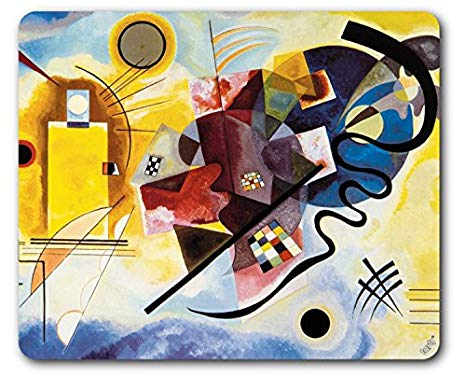
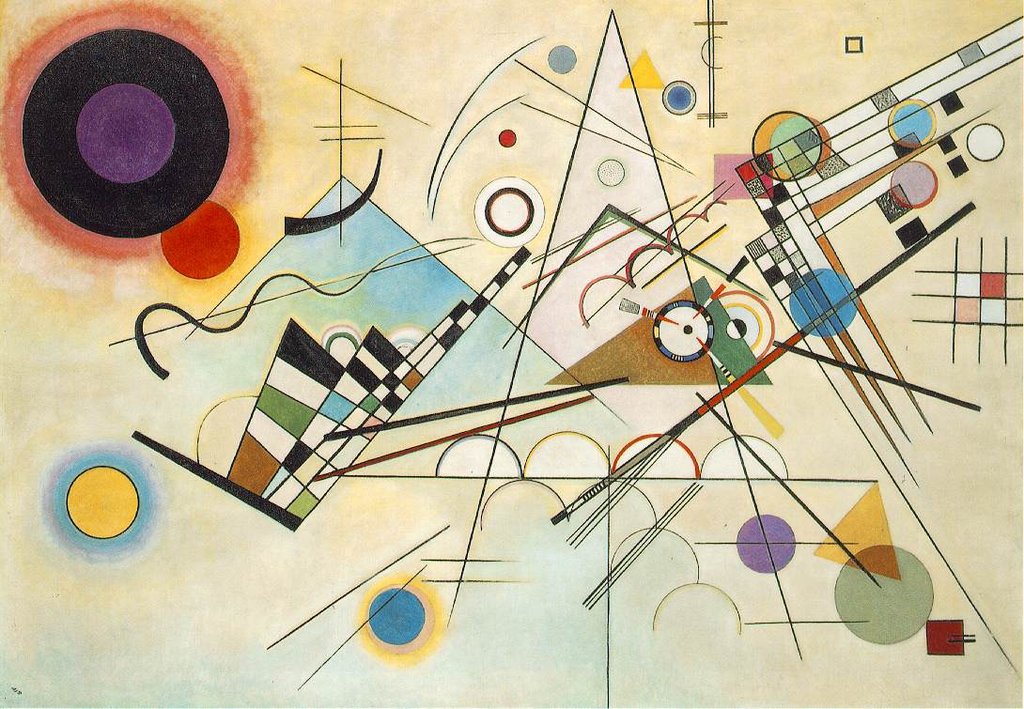
Vassily Kandinsky Schichtenweise
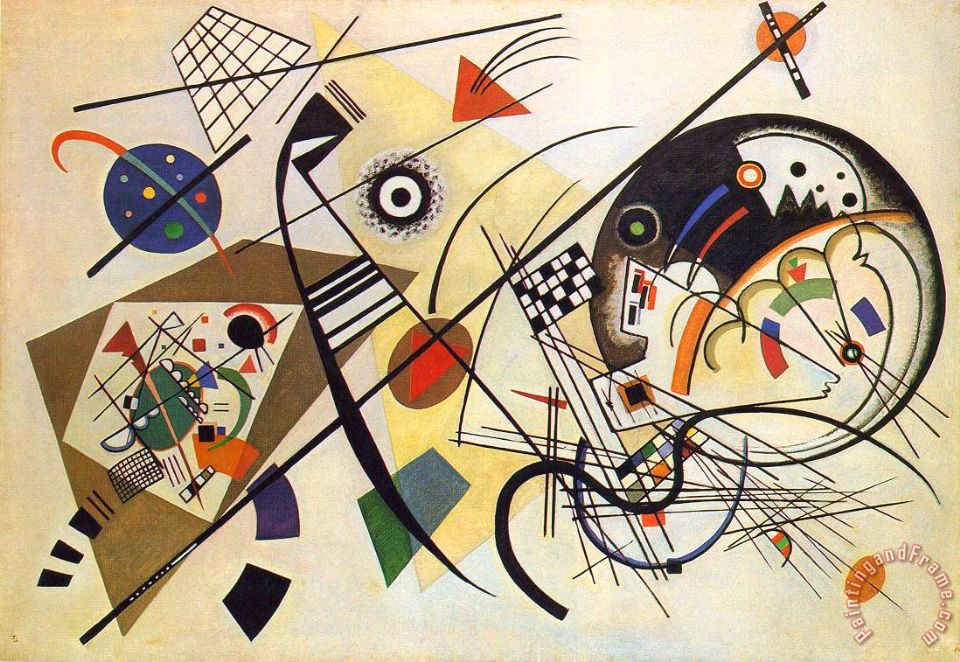
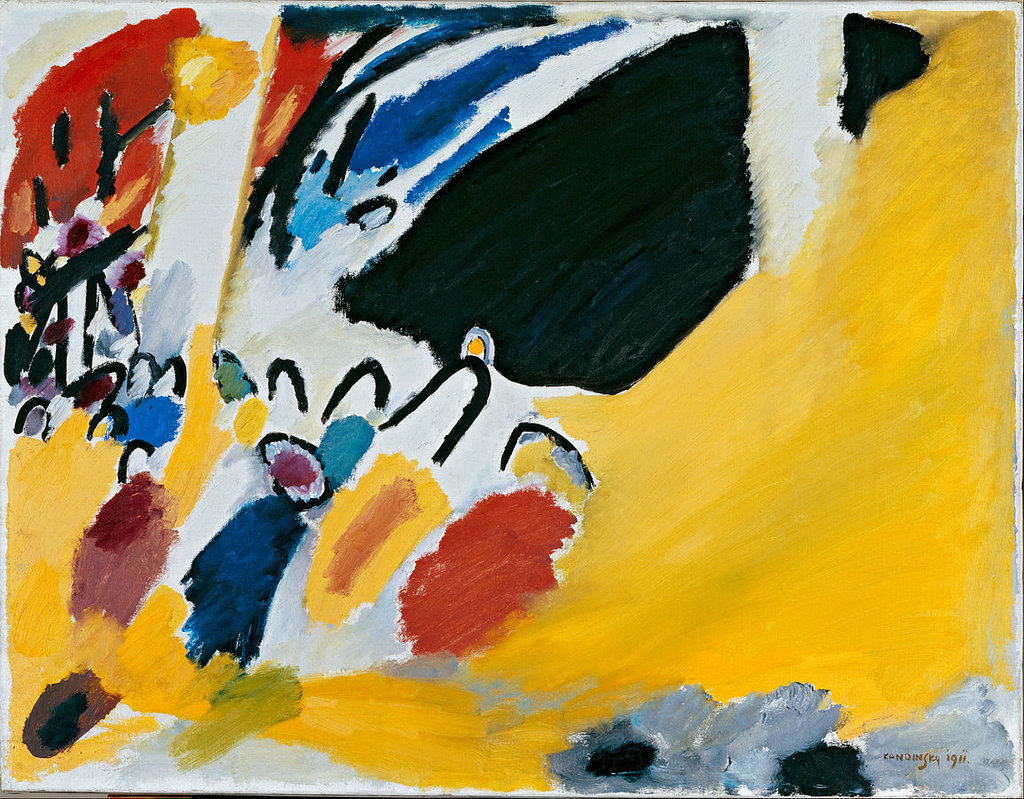

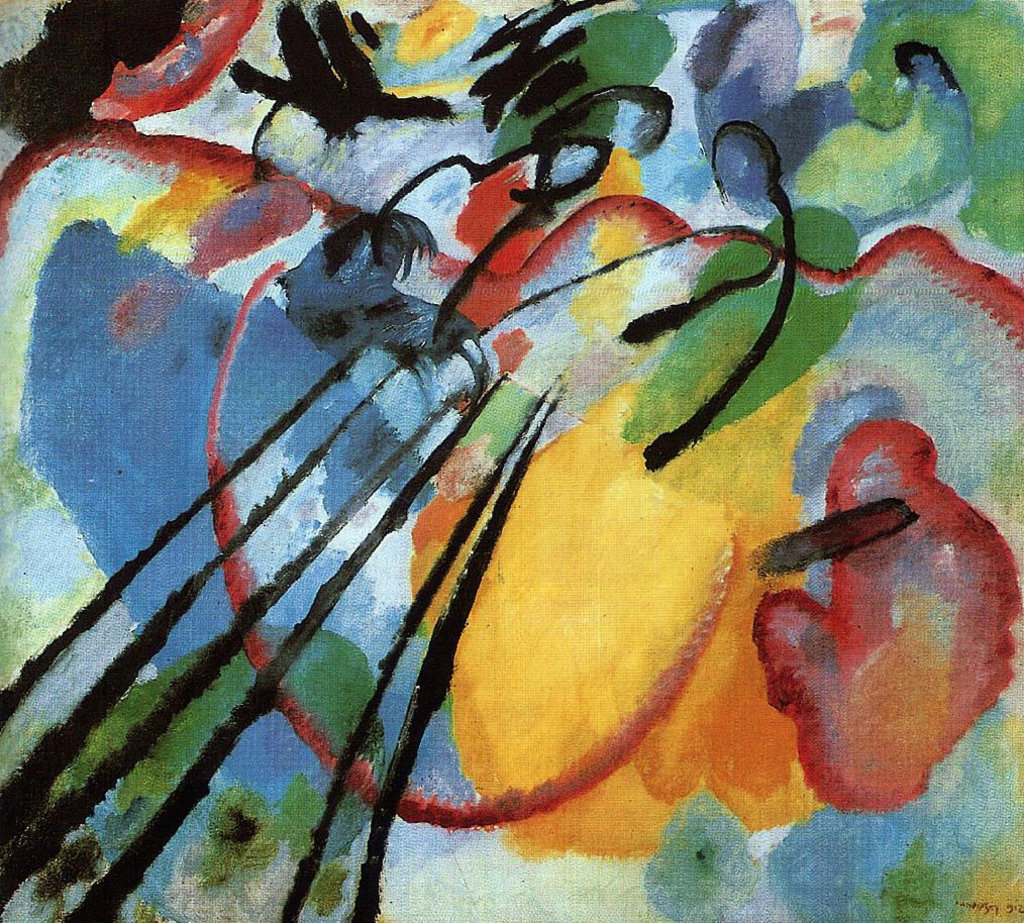
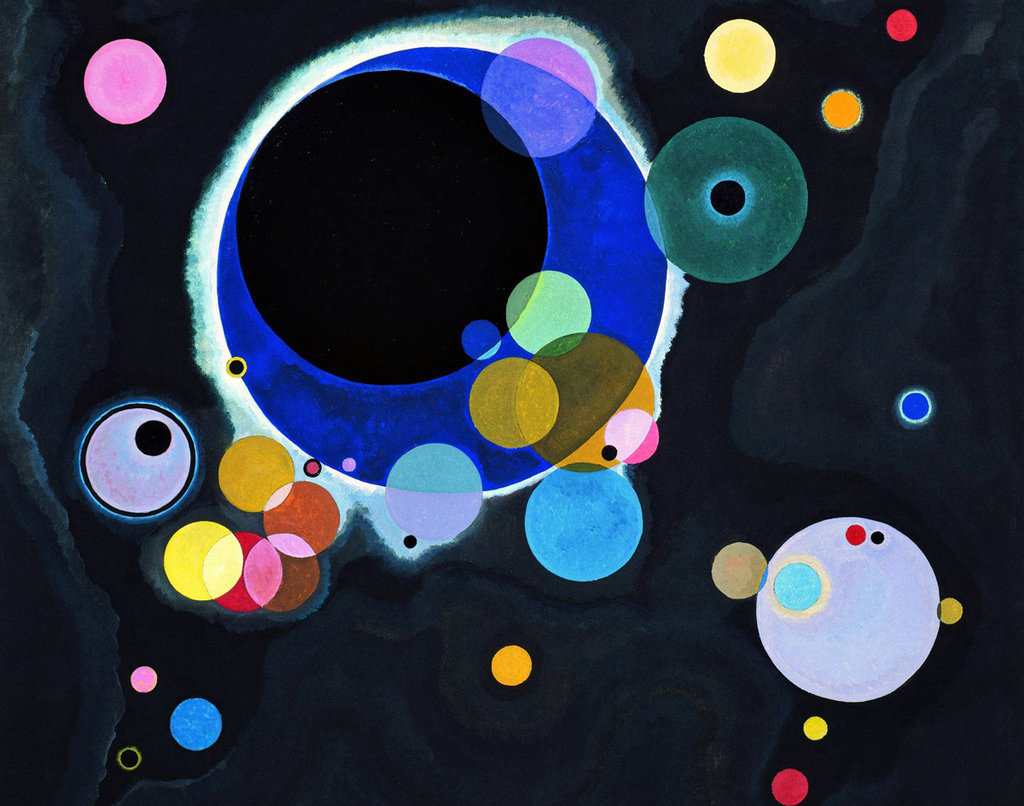
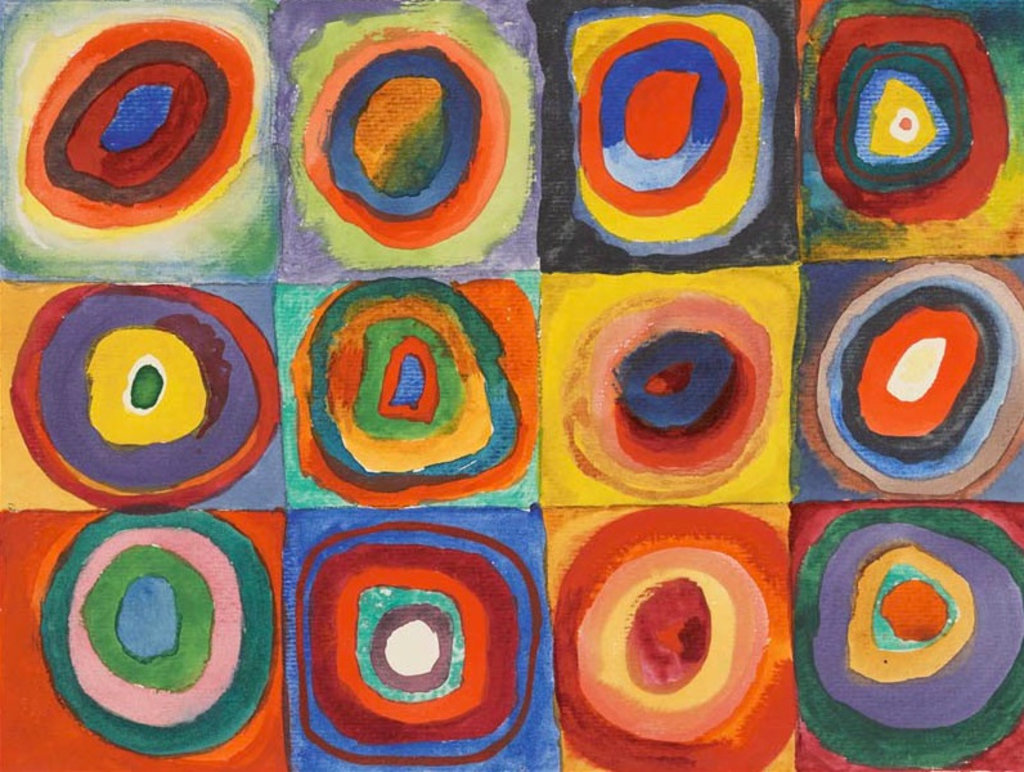


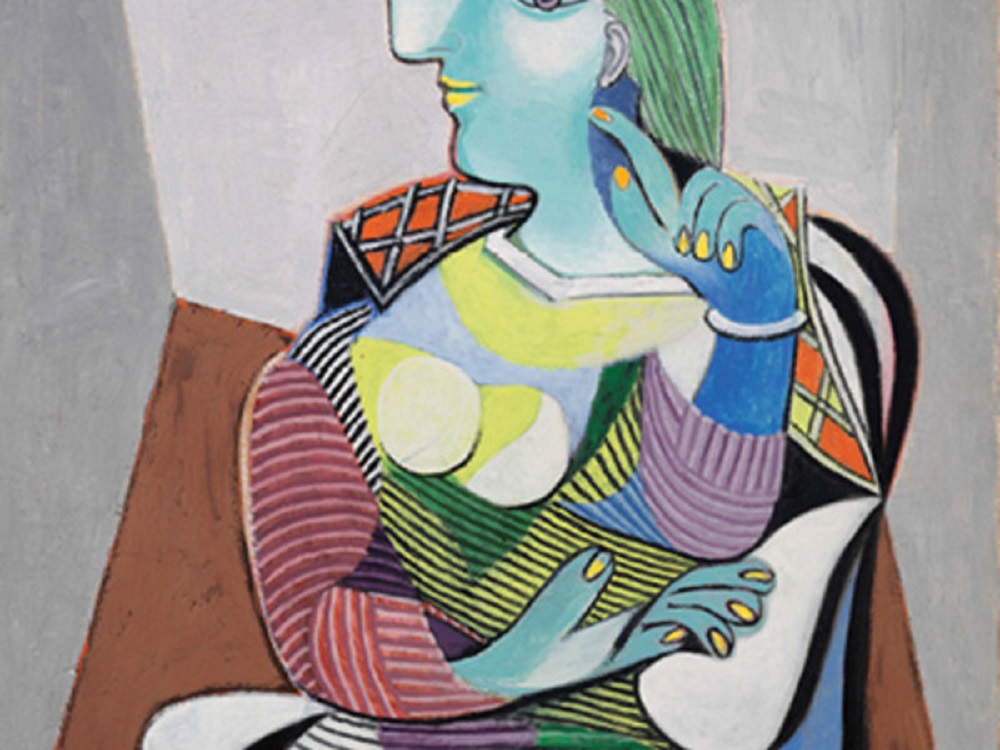
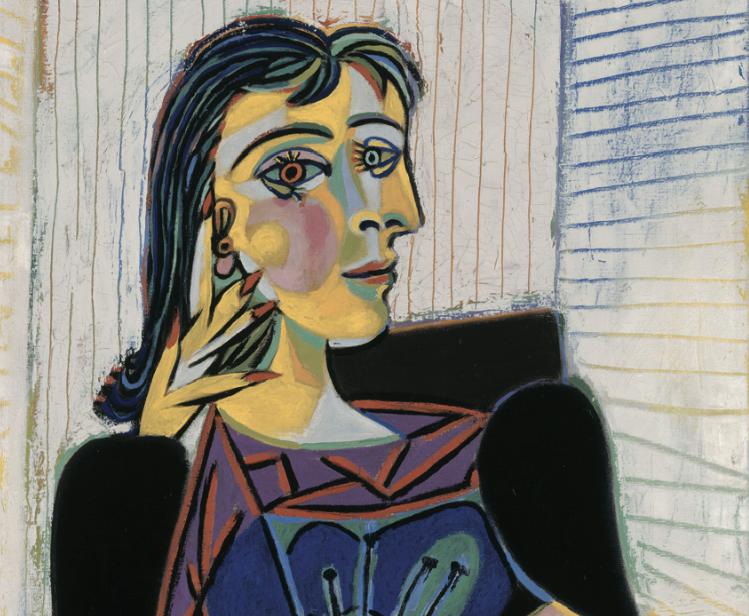
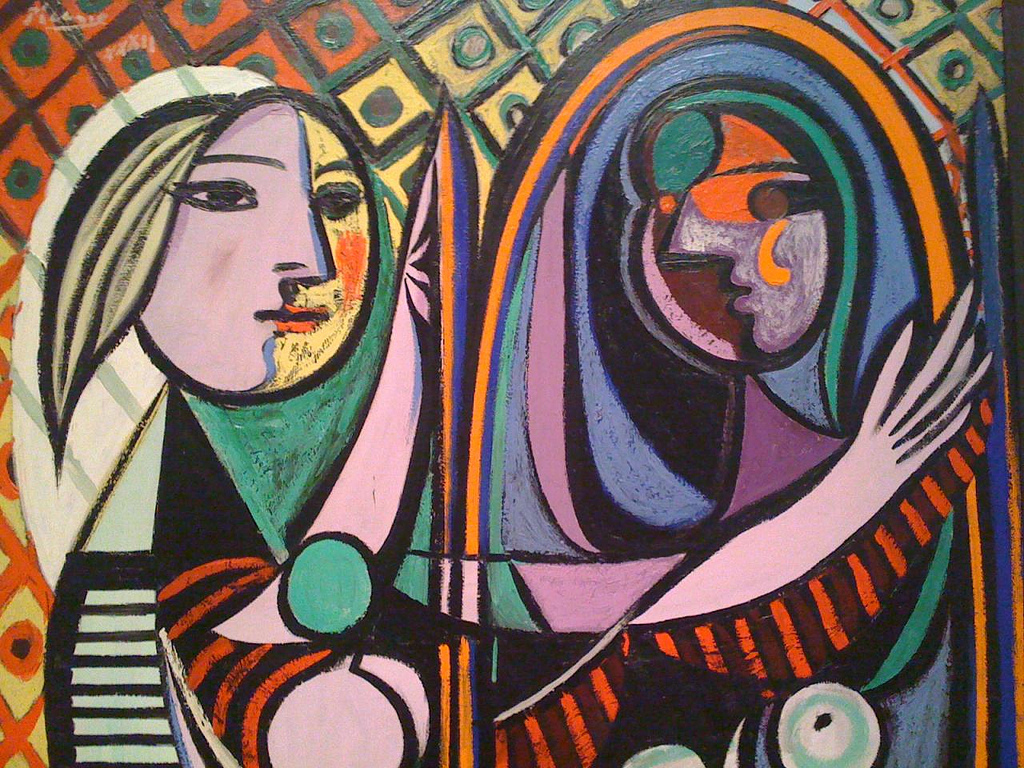
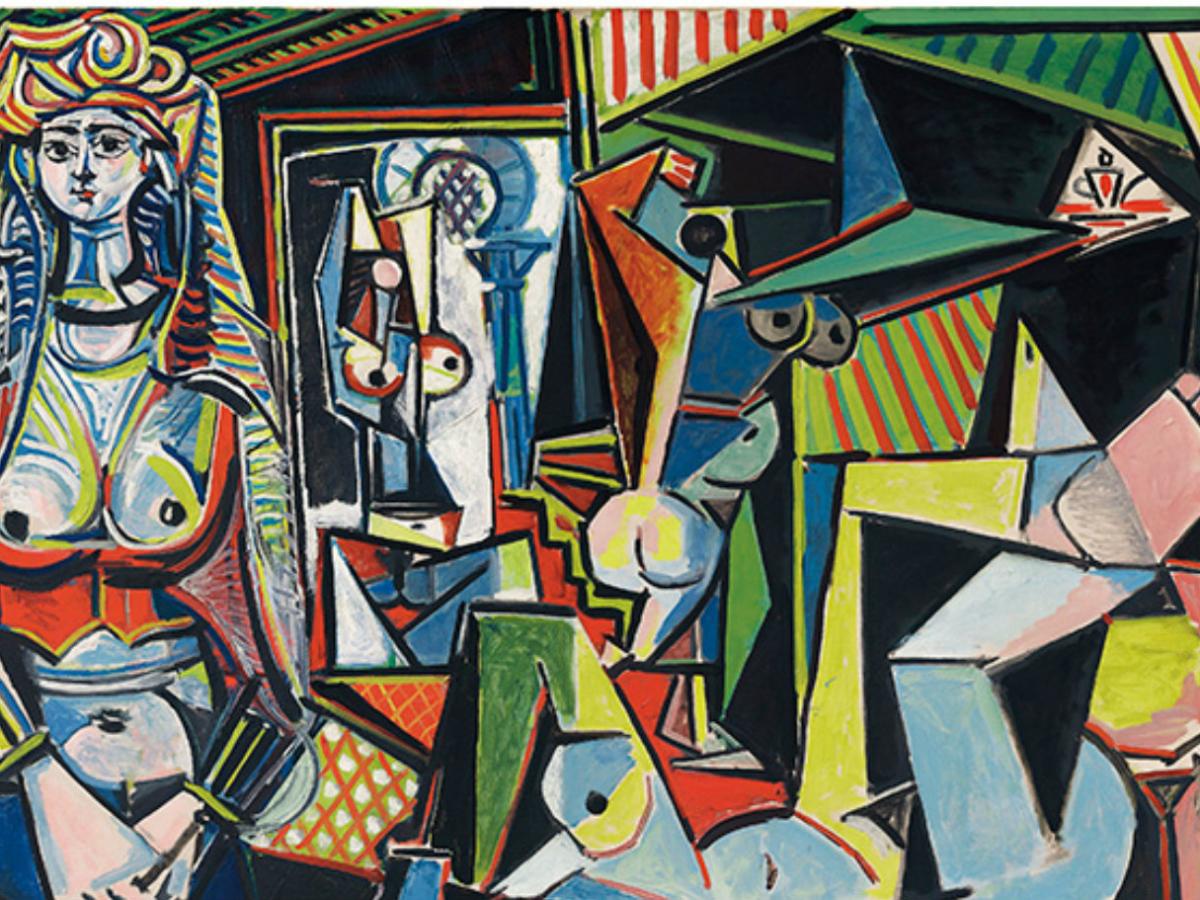
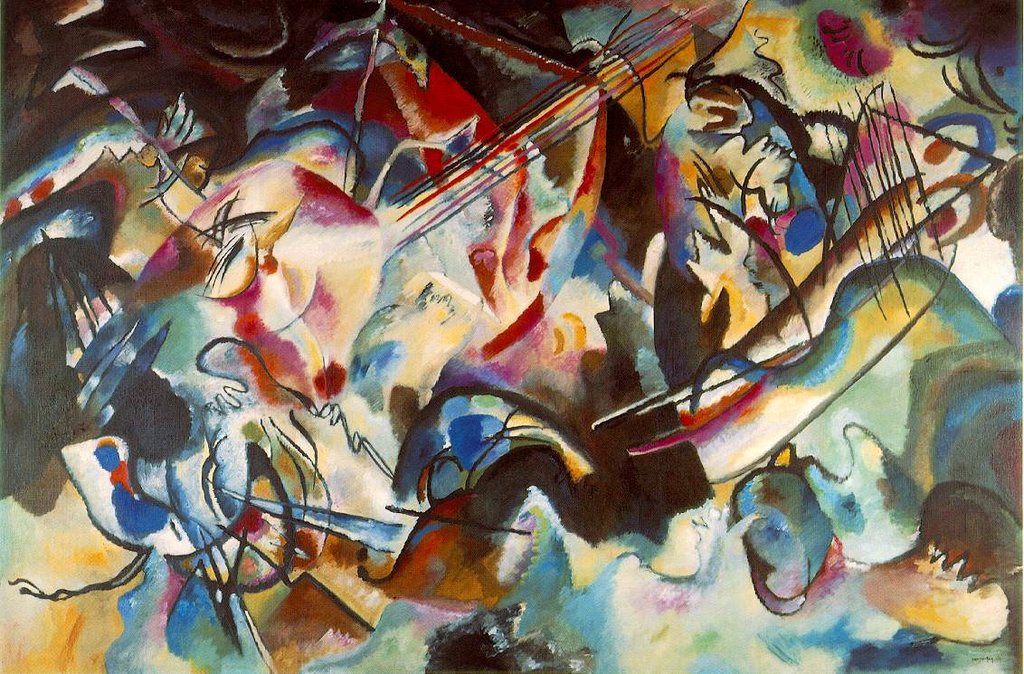


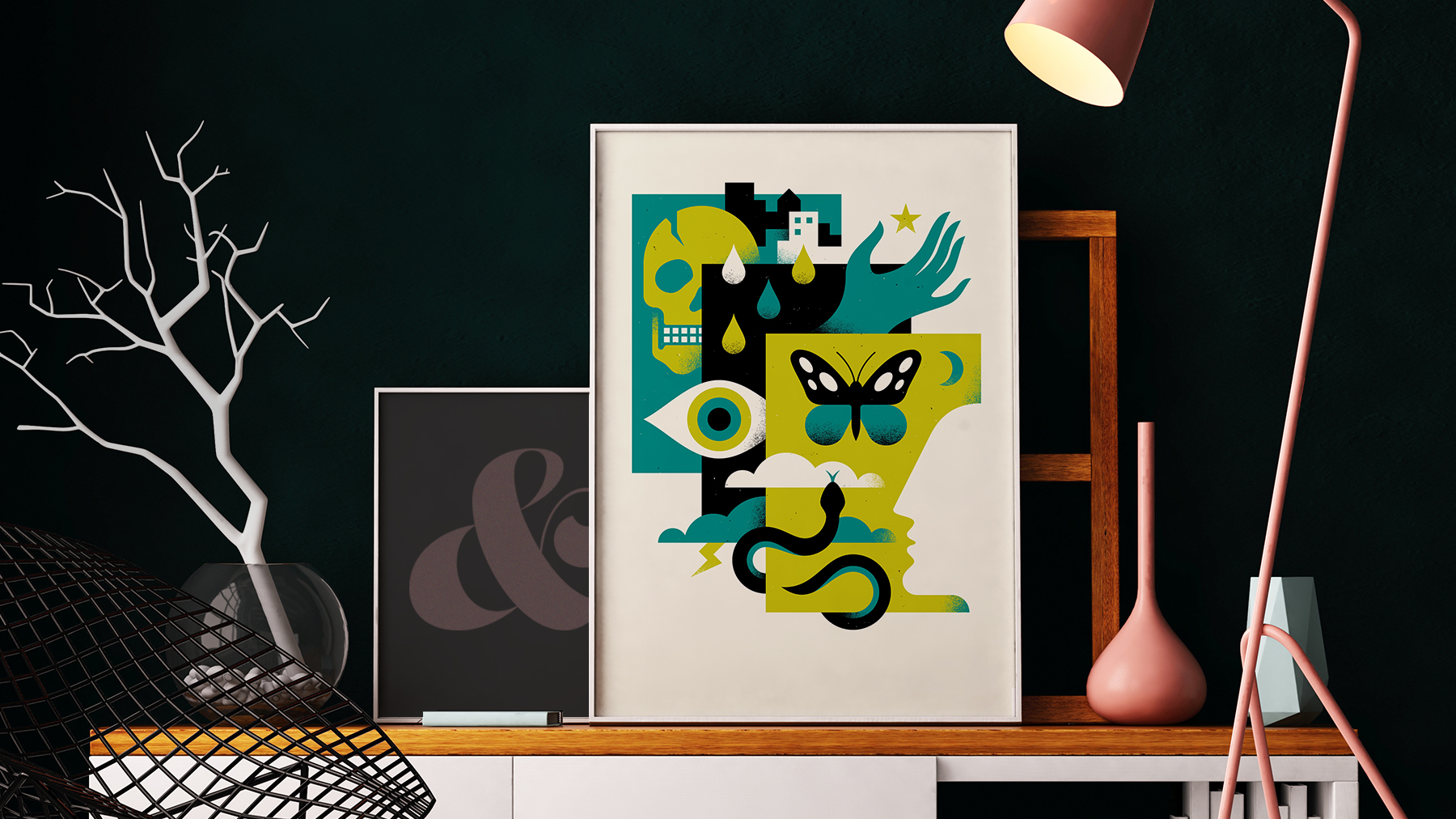

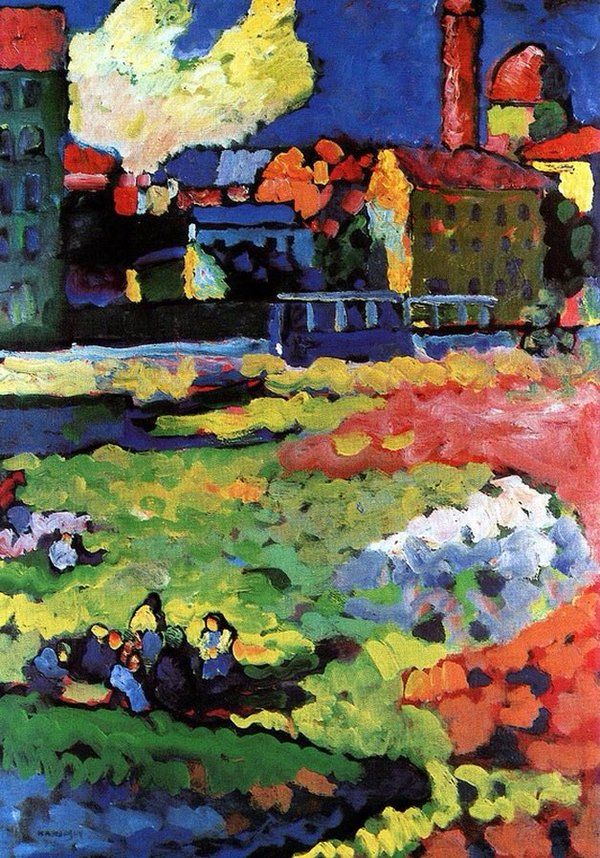
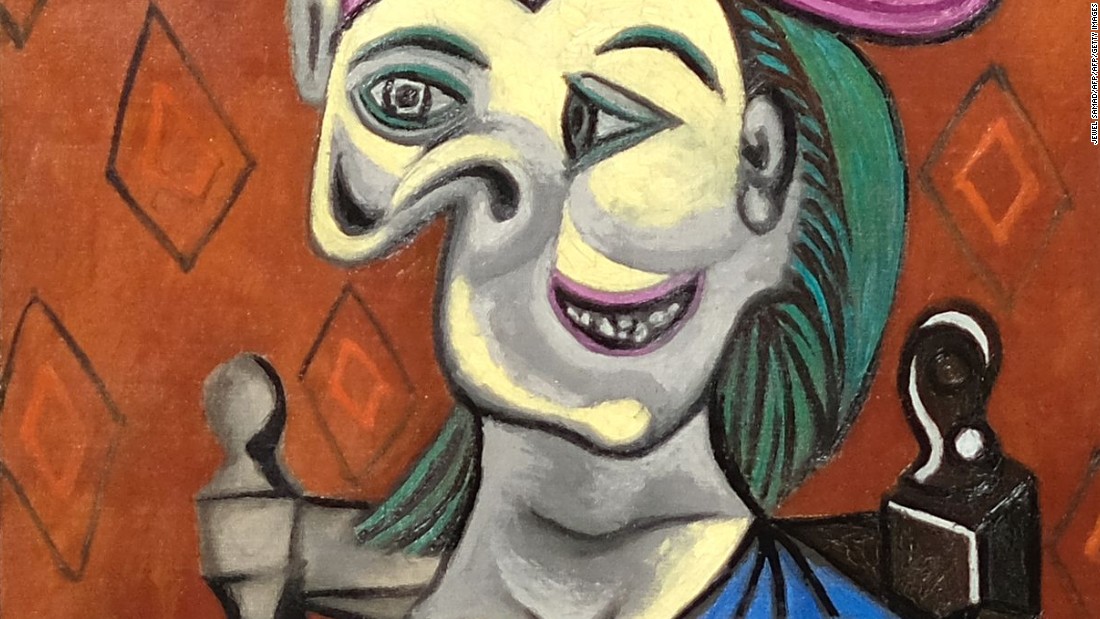 .
.
